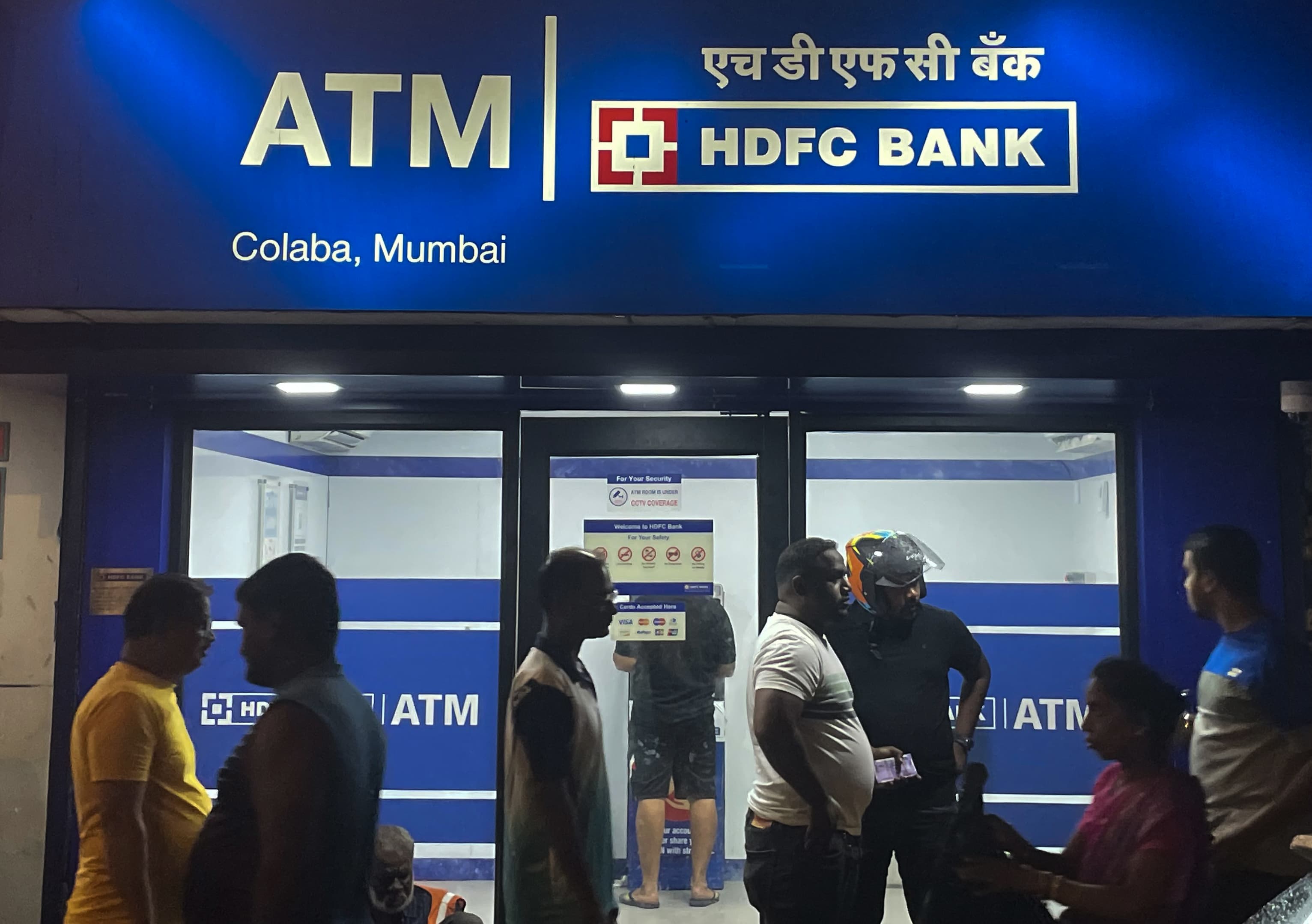
The merger between India’s HDFC Bank and the Housing Development Finance Corporation (HDFC) will increase the entity’s customer base and provide more opportunities for cross-selling, the non-executive director of HDFC Bank told CNBC.
HDFC, India’s largest mortgage lender, merged with HDFC Bank, the country’s biggest private lender, in a $40 billion deal which took effect on July 1.
“A merger between the two entities has always made an immense rationale,” Keki Mistry said, adding that the move will improve the bank’s mortgage portfolio and attract more customers with a range of financial services.
“Customers will now have the opportunity to receive customized products catering to their needs which only banks in India could offer,” Mistry said in an email to CNBC. “From the Bank’s point of view, it offers a massive opportunity to cross sell.”
Mortgage penetration
“One of the critical drivers of this merger is maximizing growth potential. The potential to deepen credit markets and mortgages in particular, in India is immense,” Mistry said.
HDFC Bank has around 83 million customers but only 2% have a housing loan with HDFC. An additional 5% of the bank’s customers have a housing loan from other lenders, he said explaining that it means 93% of HDFC Bank’s customers do not have a home loan.
This presents a “significant opportunity to cross sell and a potential to tap into the customer base that have not taken a housing loan at all,” the director said, adding that HDFC Bank will now be able to offer mortgage services.
Mortgage penetration in India is “extremely low” and only accounts for approximately 11% of its GDP.
That’s much lower than 26% in China, and between 20% to 40% in South East Asia, HDFC said. Most developed markets have more than 50% mortgage penetration, the company added.
“Combining HDFC’s specialization in housing finance and leveraging HDFC Bank’s vast distribution and customer base will, in the long-term, aid in the deeper penetration of mortgage in India,” Mistry said.
Other synergies
On the significance of the merger, Mistry said: “The scale of the merger is huge be in terms of total assets, total deposits or market capitalization.”
The combined entity is now the world’s fourth largest bank by market cap in the world — behind JPMorgan Chase, Industrial and Commercial Bank of China and Bank of America. HDFC Bank is currently India’s second most valued company by market cap after Reliance Industries.
HDFC Bank will also have the advantage of access to low-cost current and time deposits, as well as “a much wider distribution platform and the ability to offer more customized products,” Mistry said.
HDFC Bank will now be able to offer more products to home loan customers, he said, explaining that someone taking a housing loan will be able to receive bundled offers from HDFC Bank — such as a savings account and a loan to procure large electrical goods like refrigerators and washing machines.
Additionally, Mistry noted that customers with a mortgage loan will maintain a much higher bank balance than other account holders, giving HDFC Bank an opportunity to increase its low-cost savings account deposits.
“The merger will be EPS accretive for HDFC Bank,” the non-executive director said, implying it will add to the company’s earnings growth.
“Over time, the synergies between HDFC Bank and other group companies will only deepen,” he said adding he was confident there were no “insurmountable challenges.”
— CNBC’s Naman Tandon contributed to this report.
Source: CNBC
